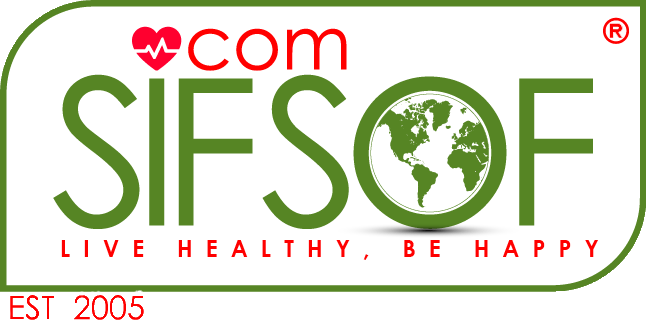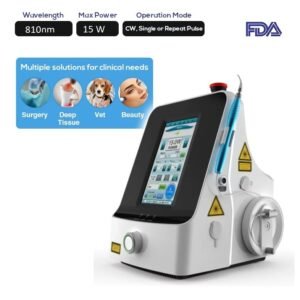Laser Therapy for Non-Small Cell Lung Cancer
Non-small-cell lung cancer (NSCLC) is any type of epithelial lung cancer other than small cell lung cancer (SCLC). The most common types of NSCLC are squamous cell carcinoma, large cell carcinoma, and adenocarcinoma, but there are several other types that occur less frequently, and all types can occur in unusual histologic variants.
The following factors may raise a person’s risk of developing NSCLC:
- Tobacco and smoking. Tobacco smoke damages cells in the lungs, causing the cells to grow abnormally.
- Asbestos.
- Radon.
- Air pollution.
- Other substances.
- Genetics.
The following are the most common lung cancer – Non-Small Cell symptoms and signs :
- Fatigue.
- Cough.
- Shortness of breath.
- Chest pain, is if a tumor spreads to the lining of the lung or other parts of the body near the lungs.
- Loss of appetite.
- Coughing up phlegm or mucus.
- Coughing up blood.
- Unintentional weight loss.
Radiation Therapy (laser therapy) for Non-Small Cell Lung Cancer has proved to be one of the most suitable treatments.
To explain in more detail, The laser activates the light-sensitive drug within the cancer cells, helping to destroy them. The dead cells are sometimes removed through a bronchoscope several days later.
Of note, however, the perfect execution of such a sensitive task necessitates a proper, accurate and highly professional laser machine.
In this vein, the Portable Surgery Laser System FDA SIFLASER-1.2A presents itself as one of the most recommended devices among surgeons viewing its high efficacy in treating SCLC in particular.
To explain in more detail, this device’s blue laser light interacts better with the tissue components haemoglobin or melanin. At 980 nm (the high-level laser radiation needed), the machine performs better and gentler cutting, even at lower power.
Accordingly, its improved cutting performance makes it ideally suited to all surgical applications, particularly for cancer-related issues.
What also makes the SIFLASER-1.2A highly appreciated and recommended by surgeons is that it displays an accurate alignment and exact sighting during the treatment. All thanks to its green aiming beam.
To further improve the treatment, the device is supported with a fiber guide laser. That is, it is compatible with various endoscopic uses. Also, these special fibers are sterilisable which, in turn, prevents any possible cross-infection while guaranteeing a clean and bloodless operative area.
With 980 nm wavelength and 15W as maximum power, the device is thought to perfectly address SCLC issues. That is highly attributed to the fact that the SIFLASER-1.2 A uses infrared wavelengths and ultra-blue light to ensure high-level performance. This, in return, is also estimated to reduce the thermal damage and its peculiar interaction with haemoglobin.
Due to all these features, the SIFLASER-1.2 A guarantees increased cutting effectiveness, much higher than the one obtained with infrared lasers.
Non-small-cell lung cancer (NSCLC) is the most common type of lung cancer, accounting for roughly 85 percent of all cases. NSCLC is the out-of-control growth of cells in the tissue of the lungs. These cells can form tumours and metastasis (spread) to other areas of the body, becoming life-threatening. Fortunately, laser treatment has been gradually developed to diagnose and treat this issue, especially since it proved to be a successful addition to cancer surgery in particular.
On this basis, we attempted to discuss the benefits of laser therapy and precisely the efficacy of SIFLASER-1.2 A as a surgical laser device capable of efficiently treating NSCLC problems.
Reference: Non-Small Cell Lung Cancer Treatment (PDQ®)–Health Professional Version
Disclaimer: Although the information we provide is used by different doctors and medical staff to perform their procedures and clinical applications, the information contained in this article is for consideration only. SIFSOF is not responsible neither for the misuse of the device nor for the wrong or random generalizability of the device in all clinical applications or procedures mentioned in our articles. Users must have the proper training and skills to perform the procedure with each Laser system.
The products mentioned in this article are only for sale to medical staff (doctors, nurses, certified practitioners, etc.) or to private users assisted by or under the supervision of a medical professional.

